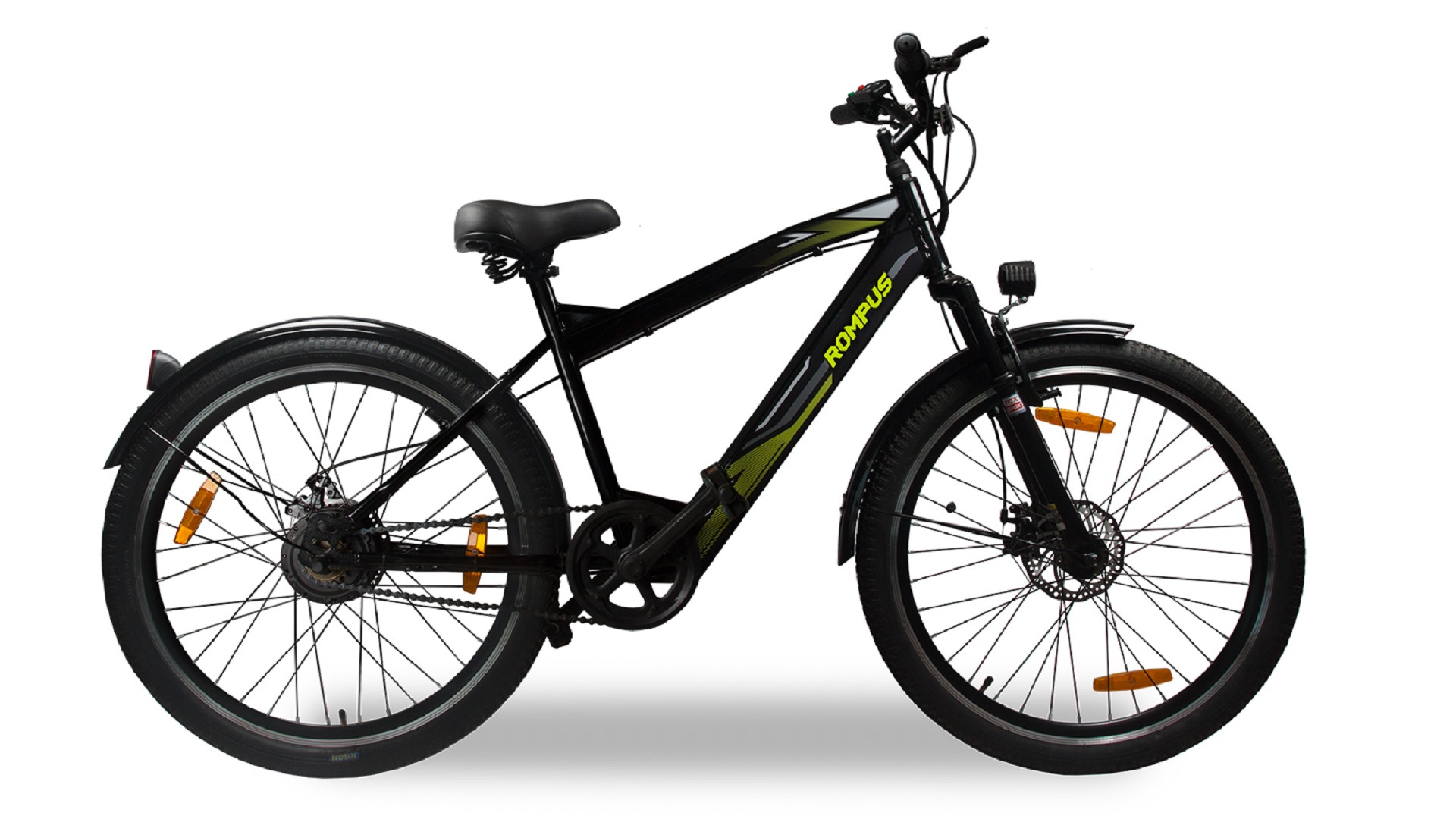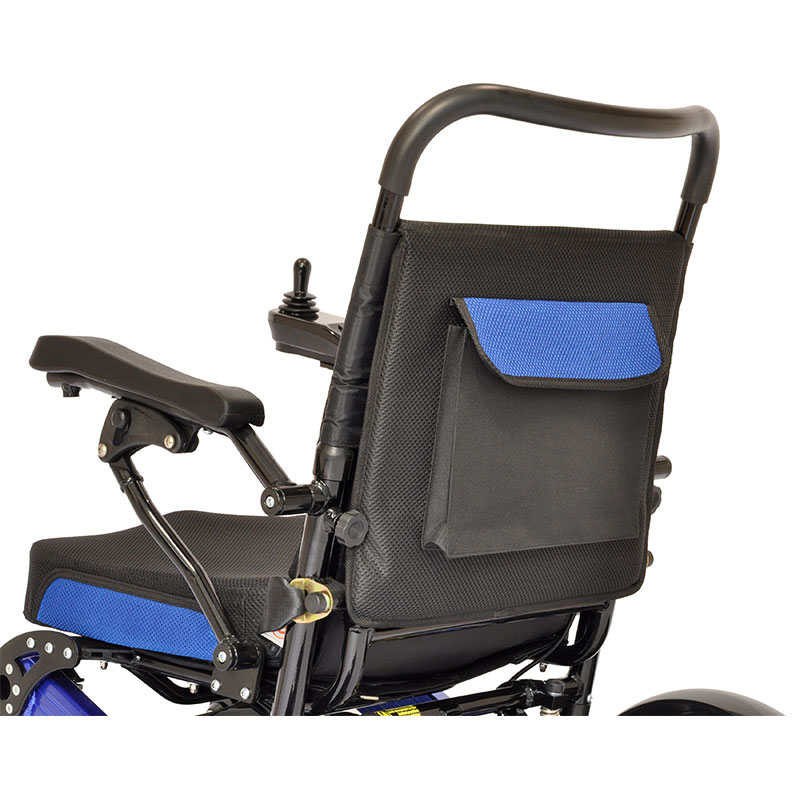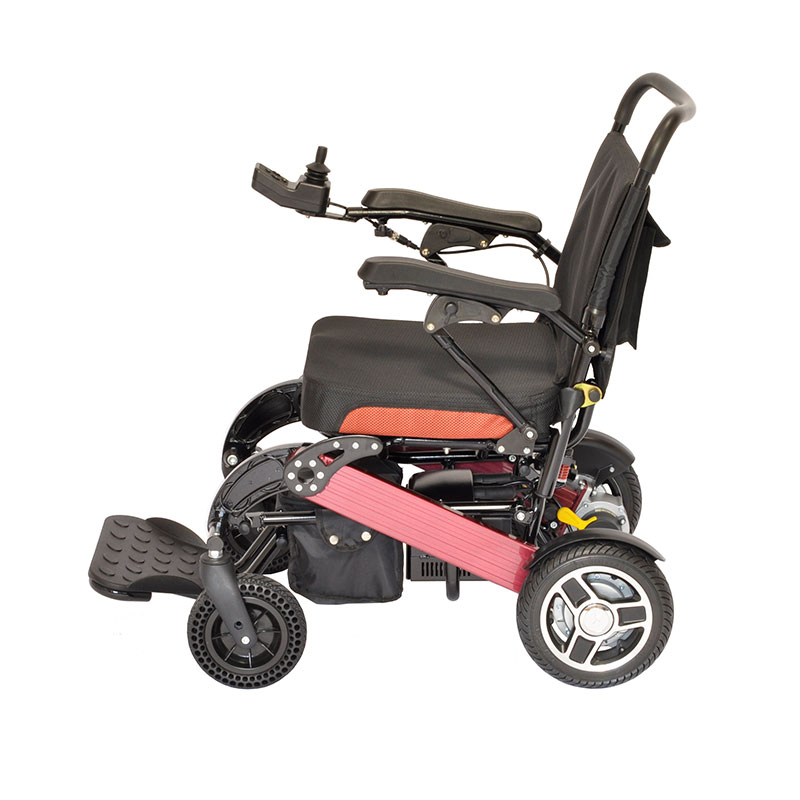


3.2 Chemistry and Camera complex (ChemCam).Collier Trophy by the National Aeronautic Association "In recognition of the extraordinary achievements of successfully landing Curiosity on Mars, advancing the nation's technological and engineering capabilities, and significantly improving humanity's understanding of ancient Martian habitable environments." Curiosity 's rover design serves as the basis for NASA's 2021 Perseverance mission, which carries different scientific instruments. The NASA/JPL Mars Science Laboratory/ Curiosity Project Team was awarded the 2012 Robert J. The rover is still operational, and as of 12 September 2022, Curiosity has been active on Mars for 3591 sols (3689 total days 10 years, 37 days) since its landing (see current status). On 6 August 2022, a detailed overview of accomplishments by the Curiosity rover for the last ten years was reported. In December 2012, Curiosity 's two-year mission was extended indefinitely, and on 5 August 2017, NASA celebrated the fifth anniversary of the Curiosity rover landing.

Mission goals include an investigation of the Martian climate and geology, assessment of whether the selected field site inside Gale has ever offered environmental conditions favorable for microbial life (including investigation of the role of water), and planetary habitability studies in preparation for human exploration. The Bradbury Landing site was less than 2.4 km (1.5 mi) from the center of the rover's touchdown target after a 560 million km (350 million mi) journey. Curiosity was launched from Cape Canaveral (CCAFS) on 26 November 2011, at 15:02:00 UTC and landed on Aeolis Palus inside Gale crater on Mars on 6 August 2012, 05:17:57 UTC. Curiosity is a car-sized Mars rover designed to explore the Gale crater on Mars as part of NASA's Mars Science Laboratory (MSL) mission.


 0 kommentar(er)
0 kommentar(er)
